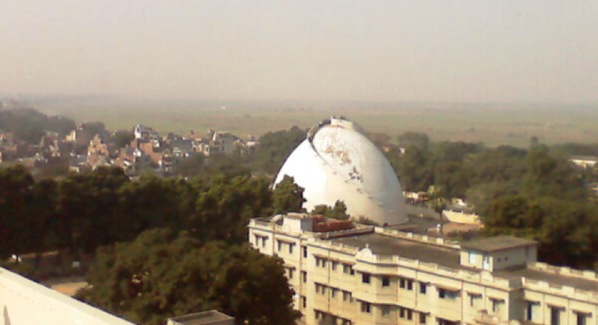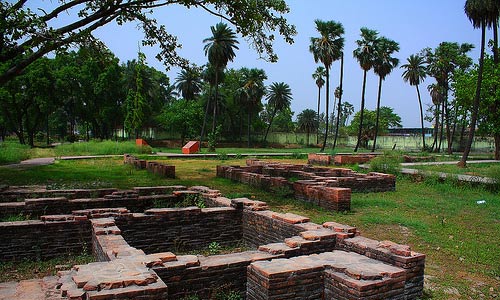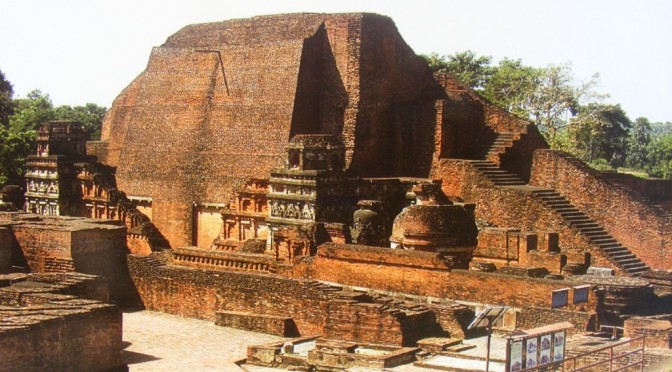Golghar (Round House) is located to the west of famous Gandhi maidan in the city near river Ganga .This massive beehive shaped structure is in fact a huge granary built by Captain John Garstin in 1786.
After the catastrophic famine of 1770 in Bengal Province which killed approximately 15 million people in modern West Bengal, Bihar, parts of Jharkhand, Orissa and Bangla Desh.
Warren Hastings, the then Governor General of India ordered to build this massive round Granary to cater the need of British Army with a storage capacity of 14000 tones.Captain John Garstin of East India Company was the Architect of the GolGhar.
Looking like a huge Stupa-a type of Buddhist architecture, this massive concrete structure is 29 meter high on a platform of 125 meter and the walls are 3.6 meter thick at the base tapering towards the top without any pillar.
A pair of spiral- staircases, each having 145 steps meet at the top, from where one can have a spectacular bird’s eye view of the city and the river Ganga flowing nearby.
Golghar has also earned the name of “Garstin’s Folly” because of a design fault. The doors were designed to open inside, making it impossible to open, once the granary was full.
Primarily built as a granary, this massive structure is now one of the most significant landmarks of the city.







